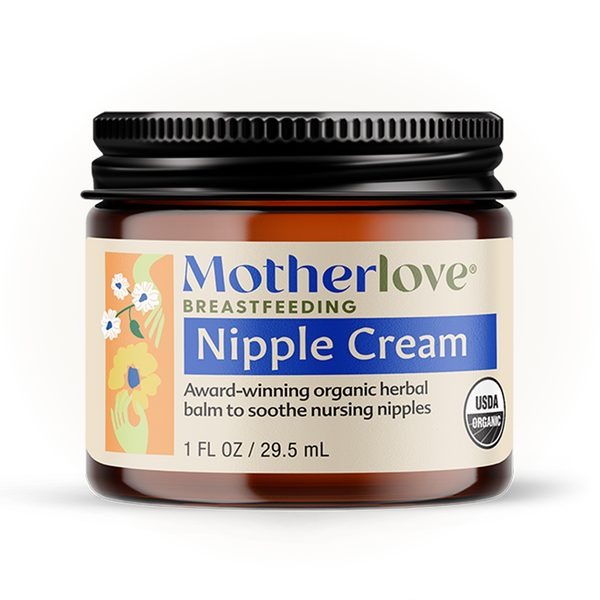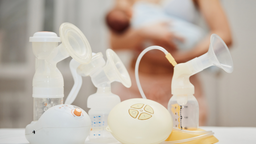BREASTFEEDING AND BABY'S GROWTH SPURTS
You've been breastfeeding for a few weeks, and you're just starting to feel like you've got the hang of it. And then one day your baby wants to nurse around the clock. She seems unsatisfied after feedings. She's fussy at the breast, sometimes pulling away with a look of frustration.
All of a sudden your growing sense of success turns into a panic. Has your milk dried up? Is there something wrong with it? What happened to your satisfied, milk-drunk baby?
This is what it's often like when a baby goes through her first growth spurt, which happens at around two to three weeks after birth. There are others, often at six weeks, and six months. They often coincide with other developmental changes, such as sitting up.
Unfortunately, even though we're often advised to be on the lookout for these sudden changes, we often recognize a growth spurt until after the fact. So we panic and sometimes start supplementing with formula or even wean because we think something is wrong with our ability to make enough milk.
Here's the thing to remember at those trying times: babies' behavior at times of rapid growth is geared toward increasing your milk supply. A baby who is fed on cue will nurse more at these times because more feedings will cause you to produce more milk. By the end of a growth spurt your baby will be bigger and you will be making more milk, which your baby will consume going forward.
So the best thing to do during a growth spurt (apart from not panicking), is to let the baby drive. Feed her on cue, as often as she asks, and she'll make sure your supply is just what she needs.




